Look to science labs for the evidence: Soapstone is the material of choice for countertops designed to take a beating. A durable and hardworking natural stone that is virtually maintenance free—is soapstone too good to be true? We’ve done our research and test drives (I used soapstone in my Seattle kitchen remodel) and created a soapstone primer to help you decide if this is the countertop material for you.
Above: A soapstone counter defines the kitchen at Harbor Cottage in Maine designed by architect Sheila Narusawa (for more of this project, see our feature A Cottage Reborn in Coastal Maine). Photograph by Justine Hand.
What is soapstone?
Soapstone is a natural quarried stone. It’s a metamorphic rock that got its name from the soft, or soapy, feel of its surface, which is thanks to the presence of talc in the stone. Most American soapstone is sourced from the Appalachian mountain range, or imported from Brazil and Finland. The two varieties—artistic and architectural—are differentiated by talc contact. Artistic-grade soapstone has a high talc content and is soft and easy to carve. Architectural-grade soapstone has a lower talc content (usually between 50 and 75 percent), which makes it harder and more suitable for countertop use. It’s not as hard as granite or marble, however, and can be easily cut, shaped, and installed. Unlike granite and marble, however, it’s typically quarried in smaller slabs, meaning that for counters longer than seven feet, several pieces (and visible seams) are necessary.
Above: A detail of lightly veined soapstone from Brazil. Photograph by Janet Hall.
Above: Architectural-grade soapstone can be easily fabricated to include options like an integrated drainboard. Photograph by Janet Hall.
What properties make soapstone a great countertop material?
1. It doesn’t stain. Soapstone is dense and nonporous; it does darken when liquid pools on its surface, but it lightens back up when the liquid evaporates or is cleaned off.
2. It can stand up to acidic materials. The fact that soapstone is chemically inert means it’s not harmed by lemon juice or cleaners that must be avoided with other natural stone surfaces. That’s why it’s so popular for use as science lab tops.
3. It’s heat resistant. The density of soapstone makes it an amazing conductor of heat, which enables it to withstand very high heat with no damage. You can put hot pans right on the surface without worry.
Above: In a Hamptons kitchen renovation by Lisa and Chris Goode, NYC green-roof designers and cofounders of Goode Green, countertops are kitted in Alberene soapstone.
Do soapstone counters need to be sealed?
Because soapstone is nonporous, it doesn’t need to be sealed or protected. Not only does this cut down on maintenance (see below) but also the absence of chemicals in the fabrication and ongoing care leads many to consider soapstone an environmentally responsible choice.
Above: In addition to not requiring any sealer, soapstone stays looking good. Scratches and nicks are part of its character, but bothersome marks can be removed with sandpaper. Photograph from Kitchen of the Week: A Hamptons Kitchen with a Custom Island Sourced on Etsy.
Is soapstone available in a variety of colors?
Soapstone is available in a range of shades on a sliding gray scale, some with blue or green undertones. Each slab is unique and varies from quarry to quarry. The widest variation in soapstone is in the quartz fleck and veining patterns. Some slabs have large but few veins; others have dense veining.
Above: Richly-veined, medium-gray soapstone slabs at M. Teixeira in San Francisco. Photograph by Janet Hall.
Above: Soapstone naturally darkens with use over time. Architectural-grade soapstone can be altered to achieve a dark-charcoal black by applying mineral oil. You can see the result on this slab of soapstone that has been coated with mineral oil (L), and in its natural state (R). This process can also serve to highlight veining. Photograph by Janet Hall.
Above: Made LLC a New York–based design-build practice, often chooses soapstone for countertops. “We like to use materials that develop character as they’re lived with, becoming increasingly beautiful as they wear in over the years,” says founding partner Ben Bischoff. “Soapstone is one we come back to again and again. It’s beautiful at the start and becomes even more so as it breaks in with your work patterns.” Photograph via Made LLC.
Above: Food-Grade Mineral Oil; $10 from Brooklyn Slate Co.
To darken soapstone, Made LLC specifies: “You can speed up the natural darkening process by flooding the material’s surface with mineral oil, allowing it to soak in, and then wiping it off. We repeat this process a few times before the client moves in and then provide a bottle of mineral oil that they can use to recoat as necessary until the surface is completely saturated.”
Where can you use soapstone?
Because of its resilience and adaptability, soapstone can be used for much more than countertops; it works well as sinks, fireplace surrounds (thanks to its heat resistance), flooring, and throughout the bathroom. It’s also a great choice for outdoor counters and sinks as it’s impervious to weather and bacteria.
How do you clean and maintain soapstone counters?
Low maintenance is the name of the game with soapstone. Soapstone’s nonporous quality makes it bacteria resistant, so harsh cleaners are not needed. Soap and water are all that’s recommended.
If there is one maintenance issue with soapstone, it may be its softness and susceptibility to scratches and nicks. You can protect the surface by using cutting boards. And the good news is that user-caused imperfections generally can be removed, as mentioned above, with a quick sandpaper buffing. No professional repairs required.
Above: An architectural-grade, mineral-oiled darkened soapstone counter and apron sink. Photograph from M. Teixeira Soapstone.
How much does soapstone cost?

Above: Sleek black counters in a Henrybuilt Kitchen with black under-the-counter cabinetry. The cost of soapstone is comparable to high-end granite and less than marble. Prices for soapstone range between $60 and $105 per square foot installed. Factors that affect price include where you live (M. Tiexiera Soapstone in San Francisco estimates $90 to $105 for high-quality soapstone), your countertop configuration, the thickness you’re after, and any special fabrication. The good news is that soapstone is a one-time investment that will outlive you.
Above: A wider view of architect Sheila Narusawa’s Harbor Cottage kitchen with soapstone counters. Photograph by Justine Hand.
Soapstone Counter Recap
Pros
- Nonporous stone means no staining. Little to no maintenance; you won’t need to call in professionals for repairs. Despite being a hard surface, soapstone offers a softer feel than other solid stone surfaces. Versatile in its aesthetic, soapstone is as comfortable in a farmhouse-style space as it is in a modern kitchen. Can be used in many different applications from countertops to fireplace surrounds.
Cons
- Available in a limited range of colors: varying shades of gray. Soapstone is quarried in smaller slabs than some natural stones. You can rarely find slabs longer than seven feet; multiple pieces and seams are required if you have a long counter. Like other natural countertop materials, soapstone develops a patina with use. Unlike harder stones, it’s easily scratched and nicked.
Intrigued by the idea of a soapstone sink? See our Soapstone Sink Roundup.
https://www.remodelista.com/remodeling-101/kitchen-guide/kitchen-countertops/
This post is an update; it originally ran on January 21, 2014.
Finally, get more ideas on how to evaluate and choose your kitchen countertop in our Remodeling 101 Guide: Kitchen Countertops.
Also, get more ideas on how to evaluate and choose your kitchen sink and faucet in our Remodeling 101 Guide: Kitchen Sinks & Faucets.
Frequently asked questions
What is a Soapstone kitchen countertop?
A Soapstone kitchen countertop is a natural stone countertop made from a non-porous rock that is composed of talc, magnesite, and other minerals.
What are the pros of having a Soapstone kitchen countertop?
The pros of having a Soapstone kitchen countertop include its durability, non-porous surface, resistance to staining, heat resistance, and low maintenance requirements.
What are the cons of having a Soapstone kitchen countertop?
The cons of having a Soapstone kitchen countertop include its susceptibility to scratches, its tendency to darken over time, its relative softness compared to other stone materials, and its higher cost compared to other countertop materials.
How durable are Soapstone kitchen countertops?
Soapstone kitchen countertops are highly durable and can last for decades with proper care and maintenance. They are resistant to scratching, chipping, and cracking.
Are Soapstone kitchen countertops easy to maintain?
Yes, Soapstone kitchen countertops are easy to maintain. They can be cleaned with mild soap and water, and can be oiled periodically to maintain their appearance.
Are Soapstone kitchen countertops heat-resistant?
Yes, Soapstone kitchen countertops are heat-resistant and can withstand high temperatures. Hot pans and pots can be placed directly on the surface without damage.
How does Soapstone compare to other natural stone countertop materials?
Soapstone is softer than other natural stone countertop materials, such as granite or marble, but it is also less porous and requires less maintenance. Soapstone also has a unique look and feel that may be preferred by some homeowners.
What is the cost of a Soapstone kitchen countertop?
The cost of a Soapstone kitchen countertop can range from $75 to $150 per square foot, depending on the quality of the stone and the complexity of the installation.
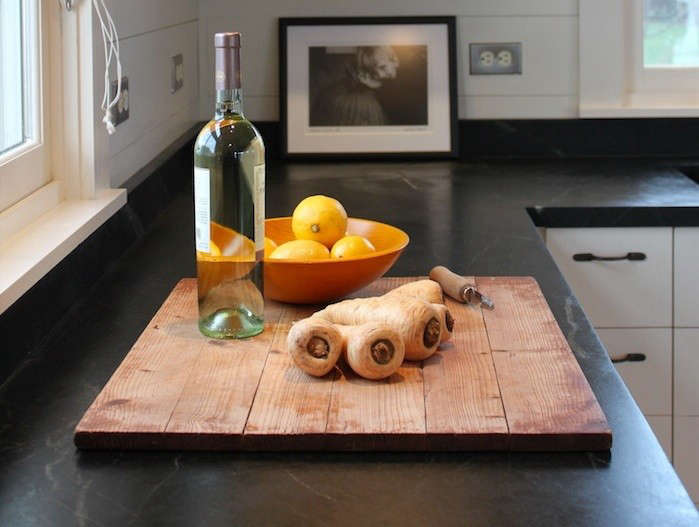
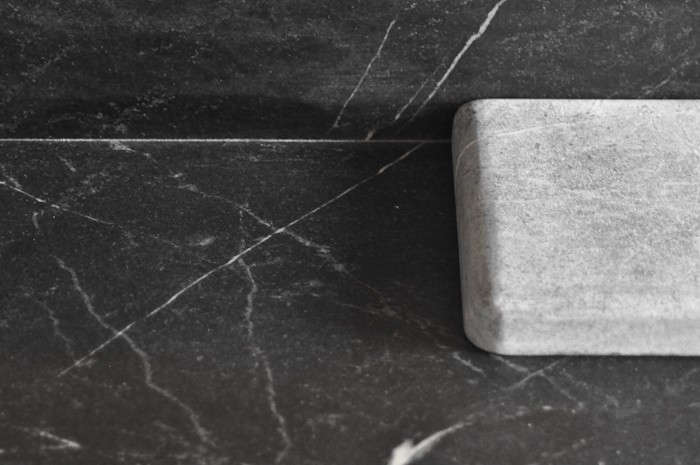






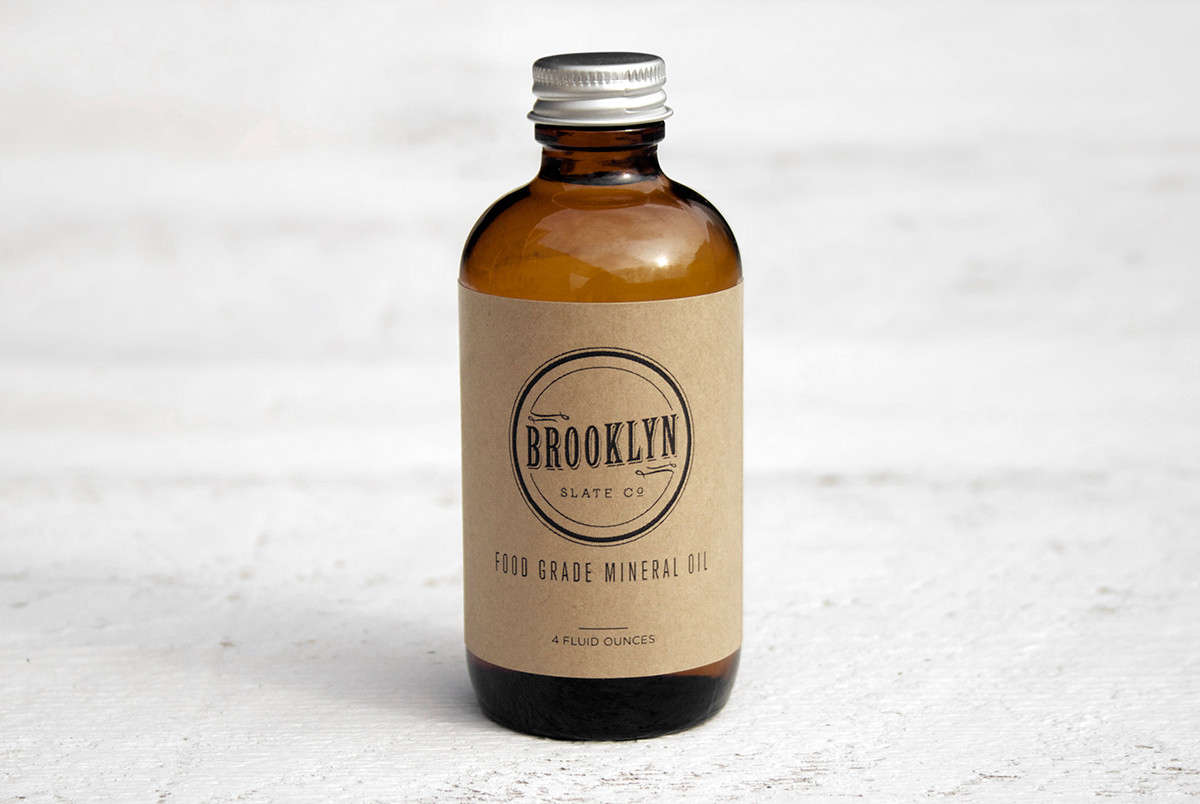

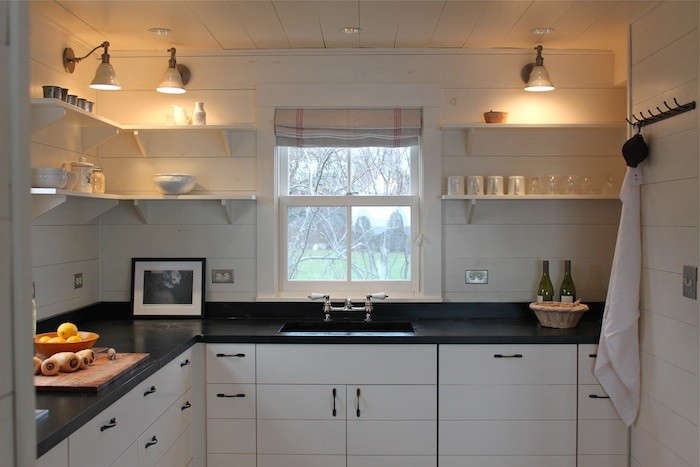
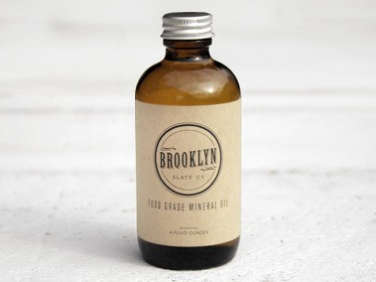
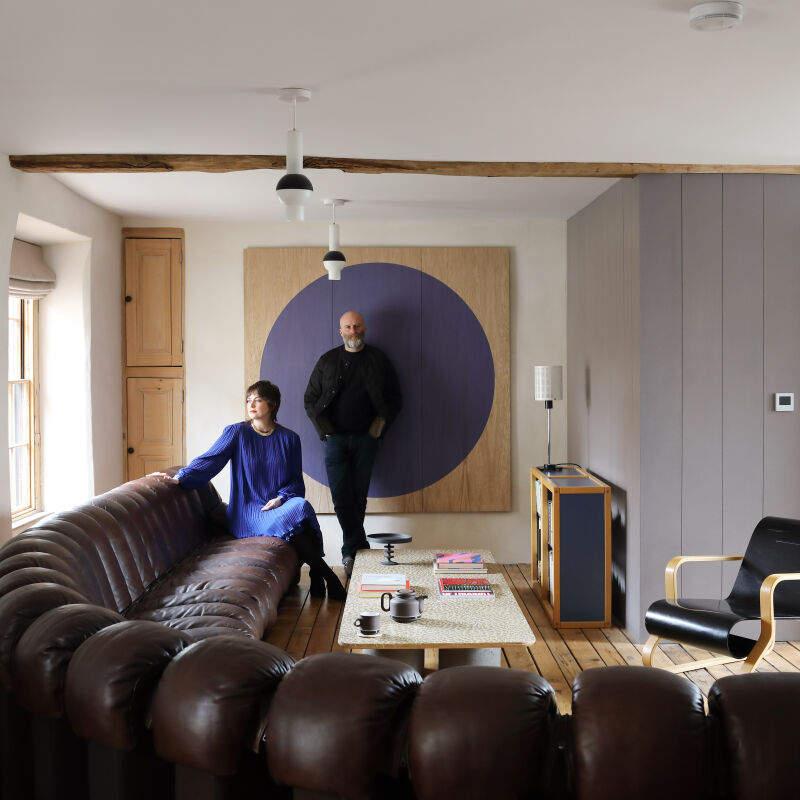
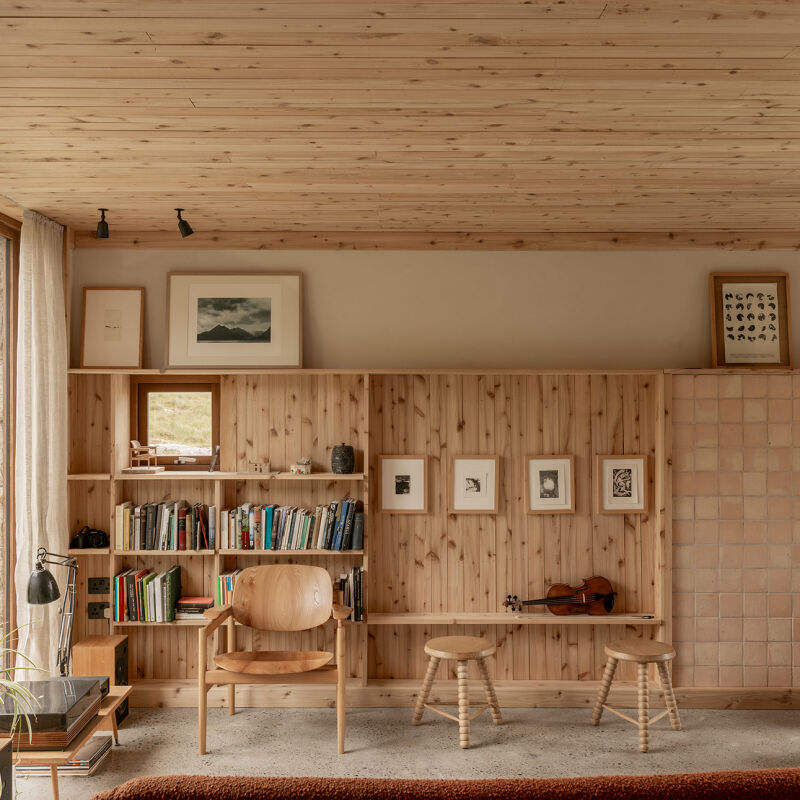
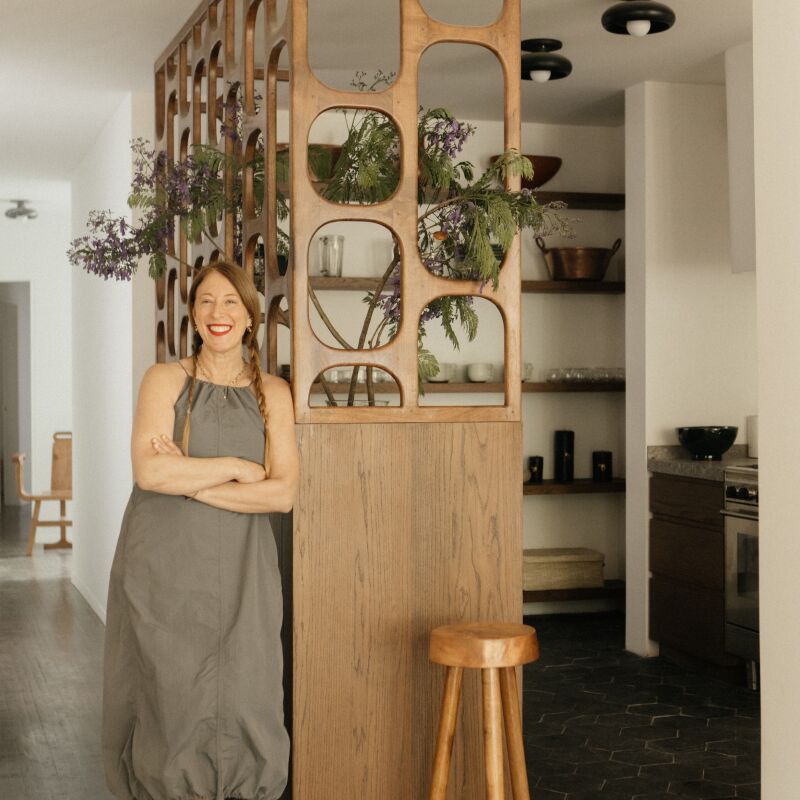

Have a Question or Comment About This Post?
Join the conversation